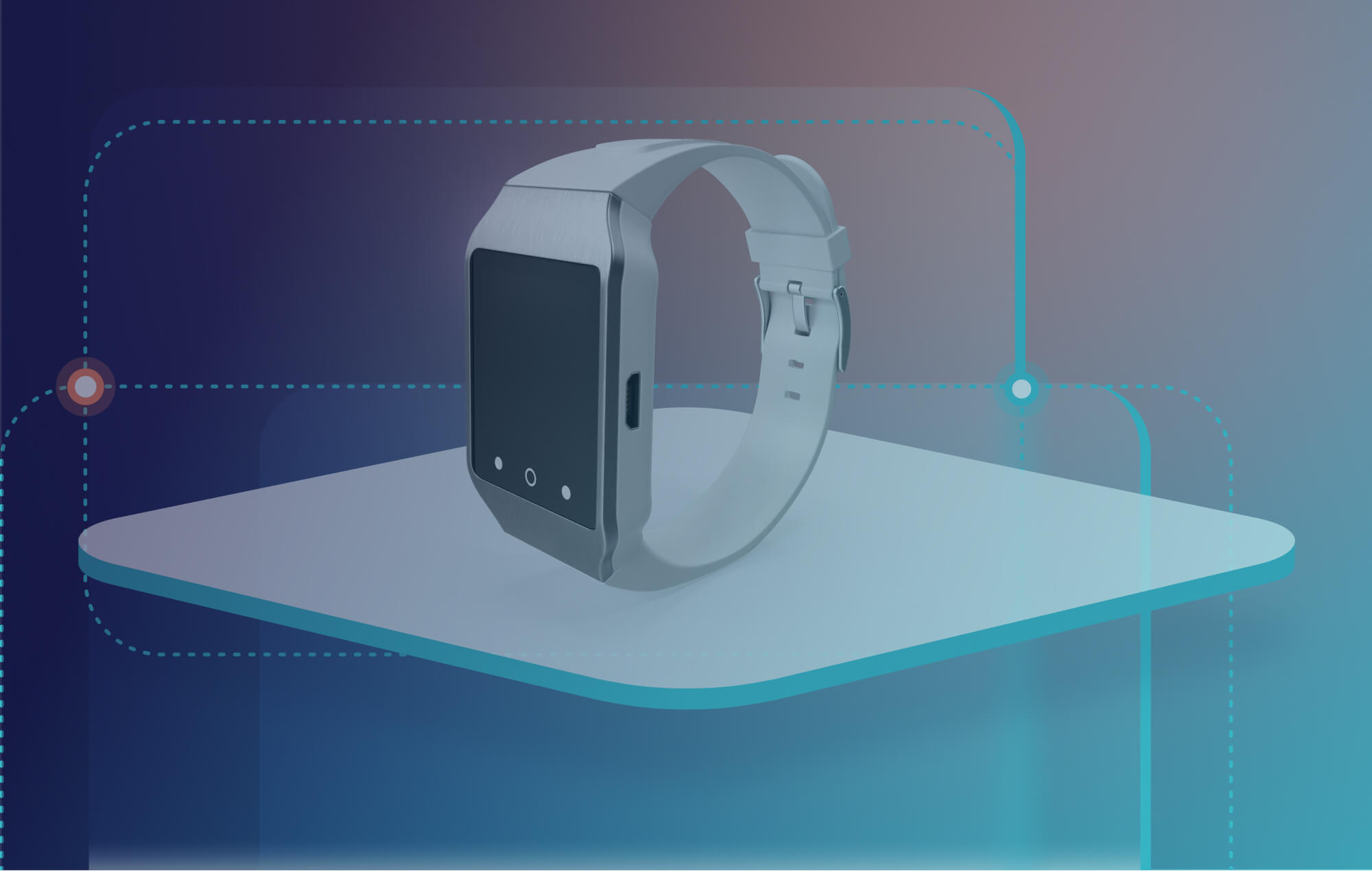Share
Holiday sales of IoT devices are projected to hit record levels in 2023, a not entirely unexpected development considering growing consumer reliance on all things connected. Consumers are buying smart toothbrushes, security systems, appliances—even diapers—as IoT companies crank out new products for new use cases at a staggering rate.
The holiday season may be a significant source of revenue for IoT companies, but it can also be a just-as-significant source of stress as consumers test out their gifts—and their patience—when some of those presents don’t work as expected.
Holidays and retail sales mean customers can unbox and set up their devices themselves. While some IoT devices are relatively easy for a new customer to set up, that’s not the case for all. Connectivity issues, battery drain, and interoperability problems are just a few of the many issues that can negatively impact a consumer’s experience with a new IoT product. As IoT device use continues to expand across every industry, the chances of a user experiencing a technical problem expand as well: between 2018 and 2022, the percentage of users who experienced two or more technical issues grew by 13%.
Those issues can lead to unhappy customers and costly returns, especially after a holiday surge. Between 2% and 4% of U.S. households, or roughly three to four million households, return smart devices. We’ve written about the many costs that you may be overlooking when it comes to product returns, but just to emphasize how expensive returns can be, consider that in 2022 retail returns reached $816B.
As holiday sales pick up, and the post-holiday return period looms, how can IoT companies ship their products this holiday season without anxiety? How can IoT companies delight end users and create a loyal, long-standing customer base?
Build a reliable product that gets better and stays bug-free. Read on for a few tips on how to get started and prevent unnecessary headaches for your IoT team this holiday season.
1. Build with a long-term vision
Every device you ship will have bugs. Period. There is no way you will be able to anticipate every way in which an end user will use your product and potentially encounter a bug. And finding the 1-in-10,000 bug is nearly impossible even in the most rigorous QA environments. Instead of focusing on building a bug-free product, focus on integrating a way to continuously monitor and update your products after they’ve been shipped. Building in some observability to your product before you ship it means that you can maintain visibility into device behavior once deployed. With the right implementation, this will allow you to spot potential issues before they become a widespread problem and proactively get a fix in place. Combine device monitoring with a means for delivering targeted OTA updates to your devices and you can stop problems from damaging your customers’ experience.
Without access to real-world device data, reproducing issues is a lot harder and you’ll find you need to waste engineering cycles trying to recreate a single event or, worse, have to wait for more customers to experience the issue and complain. Ensure your product can capture essential data after it’s shipped so you can improve functionality continuously. Adopting Device Reliability Engineering (DRE) techniques can alleviate your anxiety, and give you confidence that even if issues arise, they can be identified and resolved both quickly and remotely.
2. Adopt a different development approach
Traditional approaches to development often involve product freezes which force teams to lose months of development time. By planning for, and building in remote monitoring and updating capabilities, teams can ship a minimum viable product (MVP) and deliver product improvements, patches, and new feature releases even after the product is in customers’ hands.
A day-zero update strategy lets you ship devices with incomplete firmware and push an OTA update when the device is first powered on. Instead of letting your timeline slip, or shipping a product when you’re not 100% confident, a day-zero approach lets you launch a product while giving you a few extra weeks to finalize firmware—especially crucial during the holiday time crunch.
3. Train your customer support well
The complexity of IoT devices, the many platforms with which they need to integrate, connectivity issues, and more all contribute to potential problems for users. While 91% of consumers who experience an issue with their IoT device try to solve it themselves through a web search, support forum, or the product’s manual, 42% of those issues require support. From a device perspective, building in OTA updates and debugging enables you to reduce the likelihood of these situations by fixing issues before a customer even becomes aware of them. If you’re past that point, you’ll need to ensure that your customer support staff has access to regularly updated and dynamic documentation, clear troubleshooting steps, and a database of known issues to make them as helpful as possible to your customers.
The holiday season doesn’t need to be a source of stress. Adopting proactive development techniques ensures that products meet customers’ expectations today and tomorrow. Prioritizing continuous monitoring and remote updates and debugging lets you mitigate anxiety about potential glitches and their impact, and promises a successful holiday sales season that results in improved customer satisfaction and loyalty.
To find out more about how Memfault can help you monitor, update, and debug your devices for this holiday season or next, sign up for our webinar “Managing Issues and Improving Products After Launch” or try us out today.




